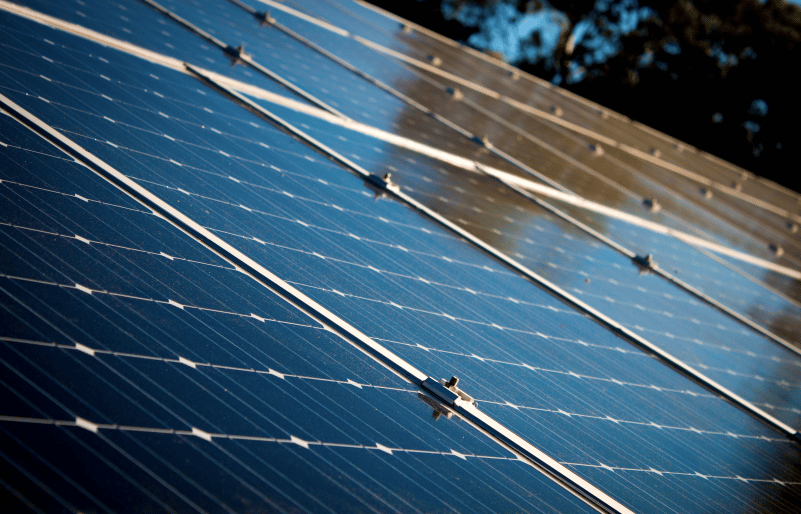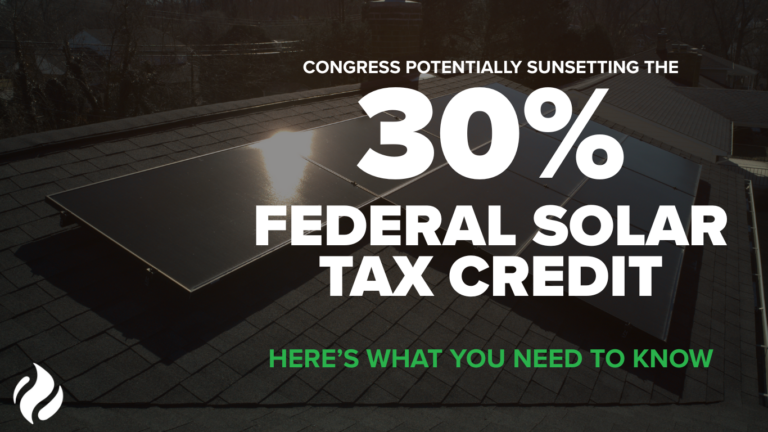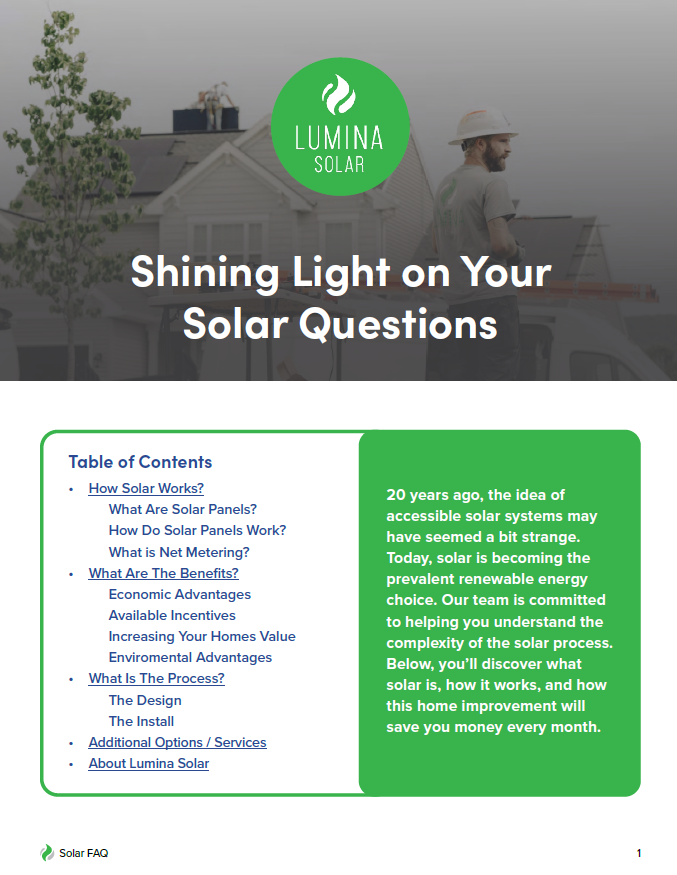Anytime a home or business owner makes a large investment in their property, they want to be assured that it’s a good one. No one wants to spend their hard-earned money on something only to find out after it’s been paid off that it needs to be replaced or that it’s reached end of life. And that goes double for something that’s semi-permanently attached to the exterior of their home like solar panels.
How Often Do Solar Panels Need to Be Replaced?
When you consider the way solar panels work and are affixed to a property – onto the roof and essentially drilled and anchored into the rafters – replacing them every few years would be an absolute pain. Not only would it be expensive, but it could open up potential for structural damage or roof damage. Luckily, though, solar panels don’t need to be replaced often – if ever.
How Resilient Are Solar Panels?
In and of themselves, solar panels are impressive. They take the sun’s energy – something we see every day – and convert it to usable energy that can power all of the appliances in an entire building. But what’s even more impressive is that these panels, which are thin pieces of glass, plastic, silicon and metal that are exposed to the elements day in and day out with little to no protection, hold up remarkably well. So well, in fact, that the oldest operational solar panel system, which was put into place in 1976, is still going strong well over 40 years later.
How Long Do Solar Panels Last?
All of that aside, the numbers that you’ll typically hear are that solar panels last about 25 to 30 years. That doesn’t mean that sometime between two and three decades in your panels are just going to stop working. As we illustrated above, your panels will most likely continue working – and working at a very high level – well after that. However, around that time your panels may see a drop in output that’s considered “significant.” According to EnergySage, panels with a 0.8% degradation rate will be operating at 82.5% of their original ability, while panels with a 0.5% degradation rate will be operating at over 87%. And, of course, the technology is going to continue to improve which means degradation rates may continue to slow.
Additionally, these numbers aren’t referring to some sort of “test” panels that are kept in ideal conditions in a climate controlled building somewhere. These are real numbers being reported by solar panels that are in regular use all over the country. Due to the materials they’re made with, solar panels are highly durable and resilient and it’s rare that the actual components of the panels break from within. Sure, during a particularly vicious hurricane you may have a solar cell that cracks, but even then it doesn’t mean the panel itself will cease to function. A broken cell can actually still produce 85%-100% of its potential output!
When all is said and done, it’s much more likely that you’ll need to replace your roof (and have the exact same solar panels put back on!) before you ever need to worry about the possibility of replacing your solar panel array.
To learn more about going solar, contact Lumina Solar today!




